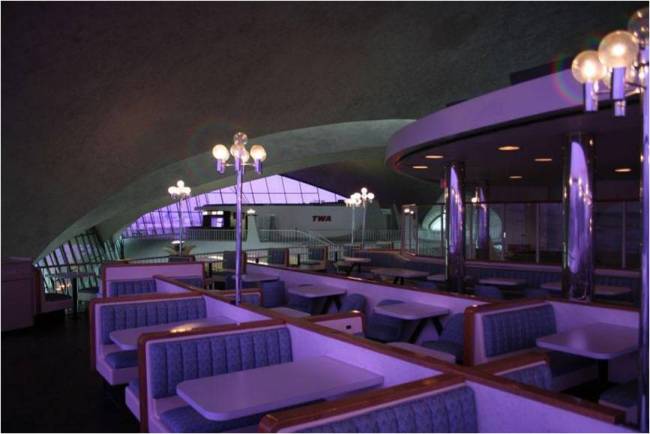- FORUM
- PROJECTS
- ABOUT US
- RESOURCES
- CONTACT US
- FORUM
- PROJECTS
- ABOUT US
- RESOURCES
- CONTACT US
Meaning of Form
“Architectural form is the point of contact between mass and space … Architectural forms, textures, materials, modulation of light and shade, color, all combine to inject a quality or spirit that articulates space. The quality of the architecture will be determined by the skill of the designer in using and relating these elements, both in the interior spaces and in the spaces around buildings”.
Edmund N. Bacon The Design of Cities 1974
Visual Properties of Form
While form often includes a sense of three-dimensional mass or volume, shape refers more specifically to the essential aspect of form that governs its appearance—the configuration or relative disposition of the lines or contours that delimit a figure or form
Shape : The characteristic outline or surface configuration of particular form. Shape is the principal aspect by which we identify and categories forms.
The shape of a building or structure is a fundamental visual element that greatly influences its overall appearance and recognition. It refers to the external contour or silhouette and the surface configuration of a form. The shape is a key factor in how we perceive and categorize architectural forms.
Architects use various shapes to create unique and recognizable structures. Different shapes can evoke different emotions, convey specific meanings, or respond to functional requirements. Shapes can be simple or complex, and their arrangement contributes to the overall composition of a building.
For example:
- Rectilinear shapes, characterized by straight lines and right angles, often convey a sense of stability and order.
- Curvilinear shapes, with flowing and curved lines, can evoke a sense of movement, dynamism, or organic form.
- Geometric shapes, such as circles or triangles, may be used for symbolic or aesthetic reasons.

In addition to shape, forms have visual properties of:
Size The physical dimensions of length, width, and depth of form, while these dimensions determine the properties of a form, its scale is determined by its size relative to other forms in its contexts.
Color : A phenomenon of light and visual perception that may be described in terms of an individual’s perception of hue, saturation, and tonal value. Color is the attribute that most clearly distinguishes a form from its environment. It also affects the visual weight of a form.
Texture The visual and especially tactile quality given to a surface by the size, shape, arrangement, and proportions of the parts. Texture also determines the degree to which the surface of a form reflect or absorb incident light.
Relational properties of Form : Position , Orientation and Visual Inertia
Shape Figure Ground Relationship
Forum Threads
Register & Download PDF for Educational Purposes Only
Register as member and login to download attachment [pdf] by right-click the pdf link and Select “Save link as” use for Educational Purposes Only
Disclaimer
Information on this site is purely for education purpose. The materials used and displayed on the Sites, including text, photographs, graphics, illustrations and artwork, video, music and sound, and names, logos, IS Codes, are copyrighted items of respective owners. Front Desk is not responsible and liable for information shared above.
[…] Theory Of Design Form […]


3 Comments
[…] Theory Of Design Form […]
[…] Theory Of Design Form […]